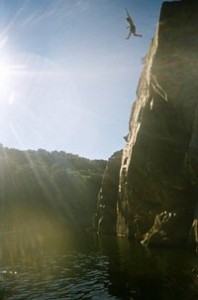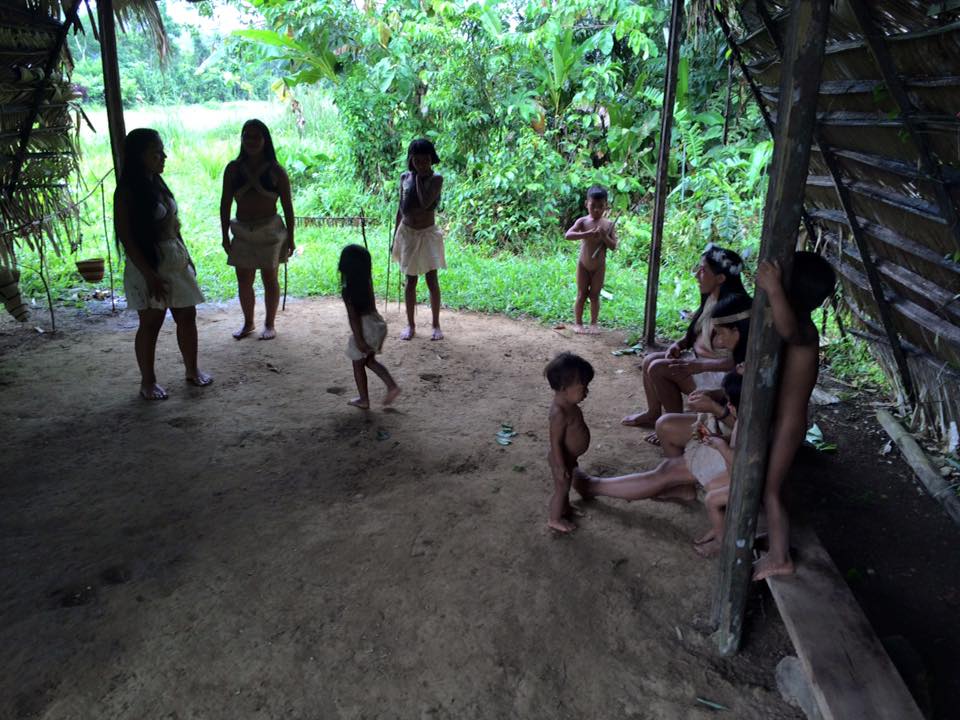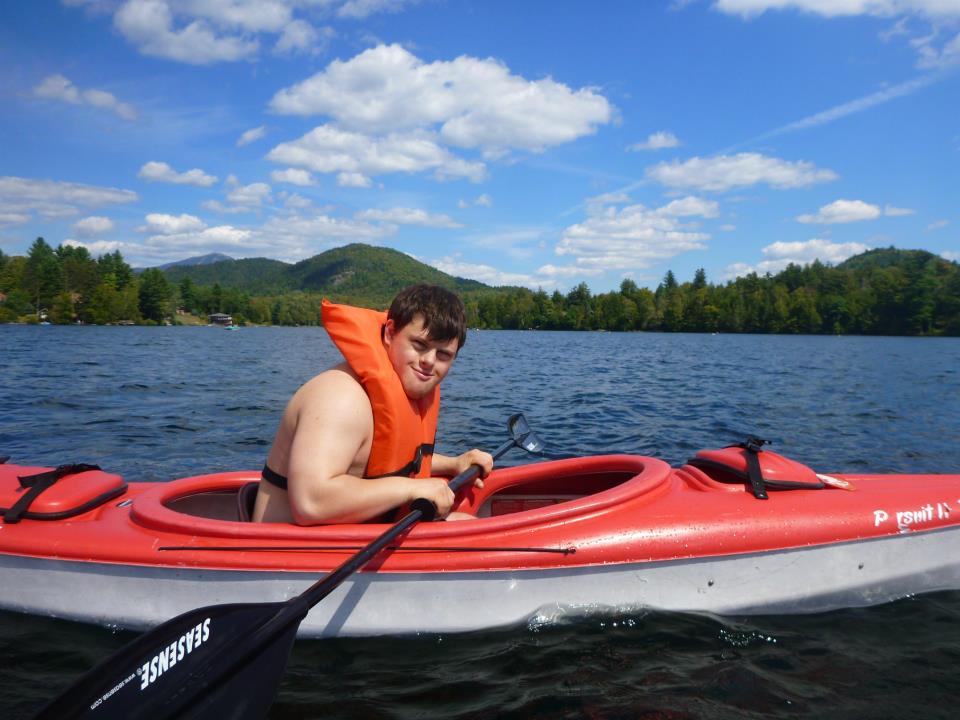This is an imaginary experiment I came up with for a graduate school class. It deals with the lack of danger, and hence lack of opportunities in modern society to form deep bonds..
Cliff Jumping: The Effects of Danger and Safety Reliance on Depth of Friendship

ABSTRACT
This study examined the effects of danger and cooperative safety dependency on the quality of friendship amongst ten groups of three men. The trio’s engaged in the highly dangerous activity of cliff jumping where they put their lives in danger and depended on each other in case of emergency. The author hypothesized that the danger and safety reliance of the activity would strengthen their bonds of friendship. The results of survey data confirmed the hypothesis.
The thunderous plodding of a woolly mammoth burrowing through the bush was contrasted by the quiet whispers of the fur clad cro-magnon. “Olog voha mug.” With that Swift With Foot leapt out of his crouching spot and rushed toward the elephant, spear in hand. The flint pierced the beast’s jogular. Letting out a gigantic grunt the animal bucked and knocked Swift With Foot to the ground. It moved in for the kill, preparing to stomp the young hunter into the dirt. Flying Bear and West Wind moved quickly. They thrusted their spears into the elephants hide. The mighty mammoth fell.
The three early humans let the scene engulf them in silence for a few moments before letting out rapturous screams and embracing each other feverously. They were more than just friends, they were cousins who lived together in the same band of hunter gatherers. Every day they risked their lives for each other and their success depended on their loving bond fostered through dangerous experiences.
People living under the relatively safe conditions of a modern urban society may suffer from a lack of deep friendships (Cosmides, 1996). Because our environment rarely forces us to expose ourselves to dangerous situations with our friends, we may not feel the deep bond that can result from experience a high adrenaline situation with your friends. It also deprives us of situations in which we may need our friends to be there to ensure our survival. Having a friend willing to step in and risk their own personal welfare to help you when the stuff hits the fan can create a deep bond amongst men (Buss, 2000).
The present studies aim is to examine the effects of two independent variables on the quality of male friendship. For the purposes of this study the author contrived two operational definitions. One called ‘danger’, which is an activity with an inherent risk of injury. The other variable is called ‘safety reliance’, which is defined as having one’s safety dependent on others during a dangerous activity. This paper hypothesis is that both variables, danger and safety reliance will have a positive effect on the dependent variable which is quality of friendship.
Method
Participants
Participants included 60 undergraduate male students from a large east coast university . They all volunteered to do the experiment through the acquisition of class credit. The students consisted of 20 separate groups of three friends.
Materials
A protruding rock face where cliff jumping into a deep river was popular was found. A questionnaire was used to assess whether or not the experience had strengthened the bond between friends.
Procedure
A control group for the Danger variable of 10 trio’s of friends were taken to a local swimming pool and instructed to jump off a diving board on innocuous height. Ten trio’s of friends were taken to a local rock face 50 feet above a deep water river. The boys were then given the instructions to jump off the cliff in order test the independent variable Danger. Half of them were also instructed that if one of them should become injured during the fall, it was up to the other boys in the trio to save the wounded man and ensure his safety. This was the IV group for Safety Reliance. The 5 sets of boy in the control group for Safety Reliance were told that if something went wrong they would be saved by an EMT on hand. Afterwards all participants were told to fill out a survey asking whether they felt their friendship had strengthened after the experience. A follow up was done one month later to see if there were any lasting effects. The boys filled out the same survey. The survey included questions on a seven point scale ranging from 1 ‘highly disagree’ to 7 ‘strongly agree’ with statements such as ‘this experience has made me feel closer to my friends’ and ‘I feel a stronger bond between my friends now after the experience.’
Results
Both hypothesis were confirmed by the results. The ten trio’s of males in the Danger condition all reported to be closer friends after the cliff jumping experience and all five trio’s of friends in the Cooperative Safety responded that the danger of the experience and the safety reliance cooperated towards this bond, both immediately after the jump and during the follow up one month later.
It is a problem of modern society that you can never know who your true friends are. The whimsical nature of the modern friendship leaves people with a sense of insecurity. The purpose of this study was to see if events more closely simulating the danger and safety reliance of our ancestral times would deepen the bond of friendship amongst males. The results of the studied showed overwhelming evidence that engaging in a dangerous experience with a group of friends that involves reliance on another for personal safety deepens a bond of friendship.
There were of course some limitations to the performance of this study. At first the IRB did not approve as the danger to the participants was perceived to be too risky. However, a small bribe in the form of a ‘donation’ was made to the right people that ensured the committee’s approval. Also amongst the first groups of boys to jump from the cliff included a rather rotund boy weighing in excess of three hundred pounds. It was feared that upon impact the gluttonous fellow might empty the river of its precious liquid. Luckily these concerns were unfounded and the boy merely had to be saved from drowning once it was discovered he was unable to swim.
REFERENCES
Buss, D. (2000). The Evolution of Happiness. American Psychologist , 15-23.
Cosmides, T. &. (1996). Friendship and the banker’s paradox: other pathways to the evolution of adaptations for altruism. Proceedings of the British Academy , 119-143.













